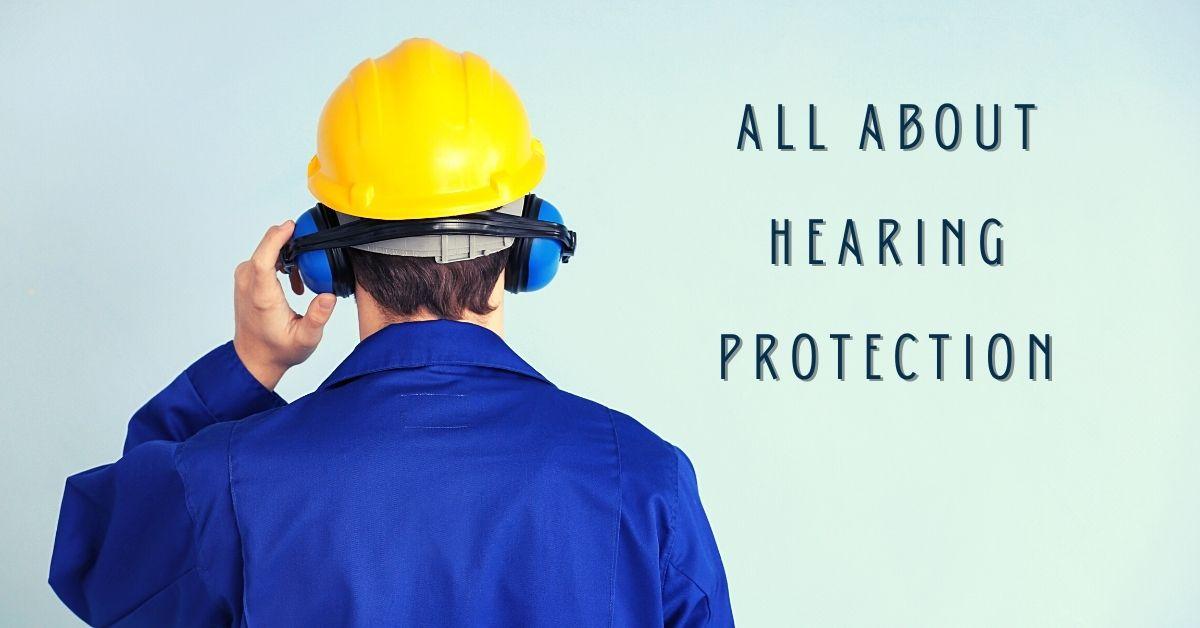If you have made the choice to use hearing protection, you are already ahead of the curve. Too many people neglect to use hearing protection while they are working or taking part in recreational activities that can do harm to their hearing. The threshold of potentially dangerous hearing situations might be much lower than you realize, as well.
Even something like using a lawnmower or working in a noisy restaurant can be enough to do permanent damage to your hearing. With these considerations in mind, it is important to get some kind of hearing protective solution in action. Yet, not all types of hearing protection are the same, just as no hearing environment is exactly like another. The following steps will help you select the right type of hearing protection for your needs.
Risk Determination
If you are concerned with hearing protection in the workplace, your employer might have an idea about the noise risks you face while working. However, it is always best to take your hearing health into your own hands as a safety measure.
Working in a noisy workplace comes with serious risks for your hearing, so it doesn’t hurt to take a measurement of the noise level on your own, as well. Smartphone apps are available to measure the decibel level of any space, and you can easily download and use one of these to get a general sense of the risk you encounter. Be sure to take a measurement in a few locations within the space, because sound resonance makes it possible for some places to be quite a bit louder than others. With this measurement in hand, you will be able to choose from an array of appropriate hearing protection.
Protection Choice
The simplest and most common type of hearing protection is a pair of disposable foam earplugs. These simple plugs are widely available, and they tend to give at least 10 decibels of noise reduction. Take a look at the packaging and information provided by the manufacturer, because some disposable foam earplugs provide more protection, as well. With your decibel measurement and this number, you can calculate the range of effective noise risk in the space.
If you measured that the noise at your workplace ranged from 100-105 decibels, then a 10-decibel earplug would give you between 90 and 95 decibels of effective noise. As a point of reference, the National Institute for Occupational Safety and Health (NIOSH) at the Centers for Disease Control recommends that extended noise exposure be capped at 85 decibels, so these earplugs will not be sufficient to offer you the protection you need.
Although you might feel led to simply get the maximum protection possible, this type of protection comes with a tradeoff, as well. If you wear noise-cancelling earmuffs, you might make it impossible to hear coworkers’ voices and even other sounds that alert you to danger.
As a rule of thumb, experts recommend that you use protection that puts you in the range of 75-85 decibels of effective sound in order to remain aware of alarms and other safety-related sounds while also limiting the risk of hearing loss.
Types of Protection
Beyond disposable foam earplugs, a wide array of other protective devices is available. One of the best options to meet your needs is a pair of custom-fitted earplugs. By molding to the curves of your individual ears, these devices can ensure that sound is not getting into your ear canal around the edges while allowing through the amount of sound you do want for conversation.
Musicians use these custom-fitted earplugs in order to hear music from themselves and other players while limiting the risk of hearing damage. Other forms of protection include noise-cancelling earmuffs and soundproof helmets, but these should be used at the recommendation and guidance of professionals who understand the uses and risks of advanced protection.
Anyone exposed to blasts, weaponry, or extreme machine noise will need to work in concert with experts to ensure that hearing is protected while also maintaining the ability to communicate with others and to be aware of the surrounding environment.

